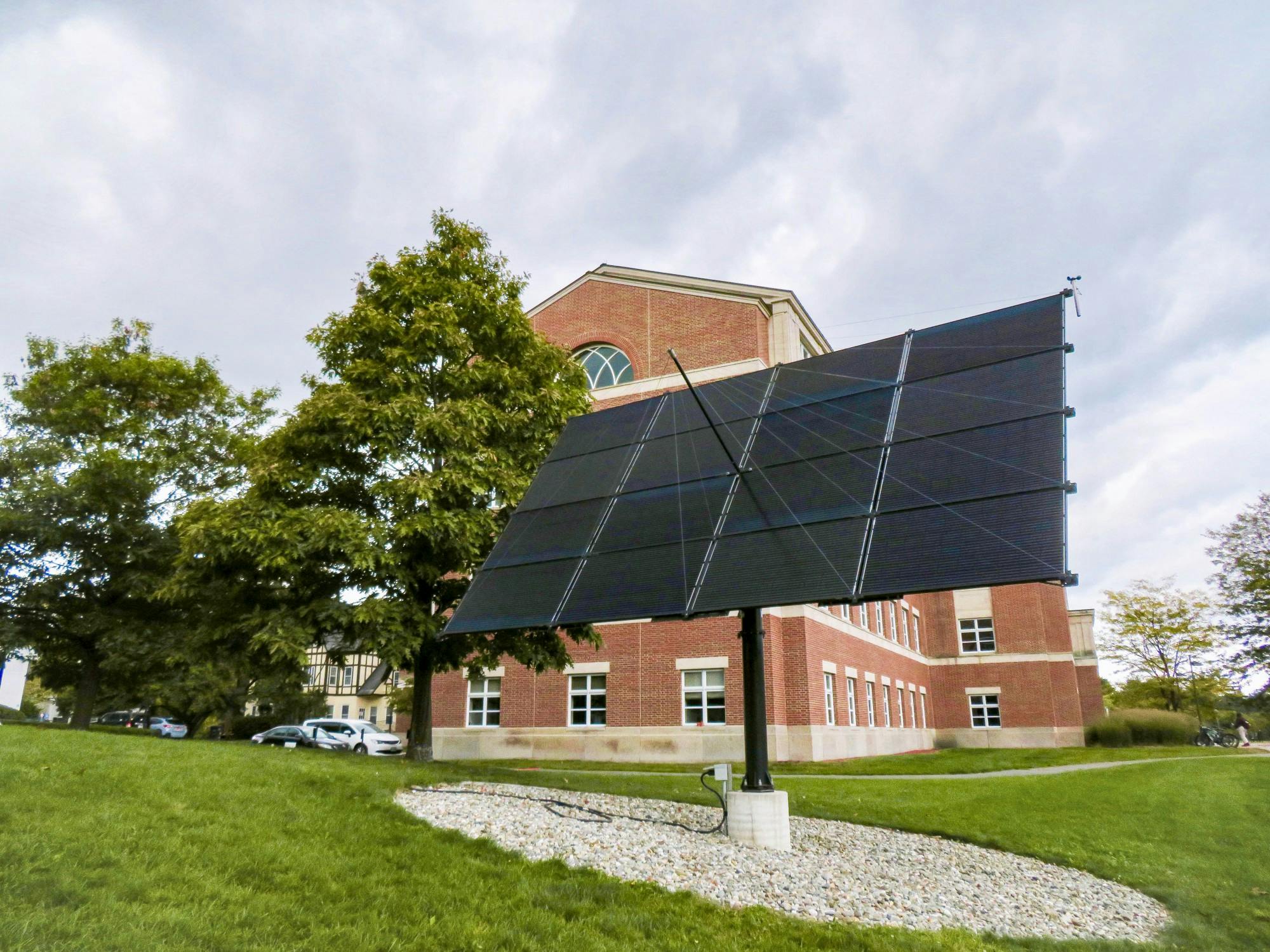On Aug. 6, 2021— eight years after its last report — the Intergovernmental Panel on Climate Change issued its sixth report, a nearly 4,000-page document detailing the state of the global environment. Including over 14,000 cited studies, the 2021 IPCC report is the most comprehensive compilation of climate research to date, according to earth sciences professor Erich Osterberg.
The report addresses the state of the world’s climate, noting that further warming will lead to continuous reductions in the Northern Hemisphere’s snow cover and that the likelihood of extreme events — including heat waves and increasing regional precipitation — is on the rise.
Osterberg, who presented the report’s findings on Tuesday, emphasized that the 2021 IPCC report stands out from previous reports because its new models depict a causal relationship between climate change and natural disasters. In the past, reports had primarily focused on rising global surface temperatures, but lacked the definitive evidence to support a connection between climate change and natural disasters.
According to Sarah Brock, program manager at Vital Communities — a non-profit organization in the Upper Valley dedicated to addressing regional environmental issues — an adequate response to the climate crisis will require large-scale infrastructure change.
For example, geography professor Jonathan Winter explained that on the local scale, Hanover’s current lack of air conditioned buildings could leave vulnerable populations susceptible to heat strokes. In view of this hazard, public spaces like libraries and recreation centers will need to have air-conditioning installed in order to meet community demands, he said.
Rising temperatures, a topic addressed in the report, have been affecting the Upper Valley community for years. According to the report, the rest of the Northern Hemisphere continues to witness shifts toward hotter summers. The report also pointed out that, at best, the next few decades will see 1.5 degrees Celsius of warming.
The summer of 2018 marked record heat waves across the state of New Hampshire, and researchers at the Union of Concerned Scientists, a non-profit focused on the “planet’s most pressing problems,” project that future summers only promise more extreme temperatures: Even if the Granite State takes action to mitigate the effects of climate change, their 2019 study found that the next few decades could see New Hampshire reach two to three weeks of temperatures above 90 degrees Fahrenheit annually.
Brock noted that small, rural towns are not currently equipped to manage rut damage from overheated highways — an increasingly important concern as the Upper Valley sees more extreme heat waves. In the future, these towns will have to budget for significant emergency relief to account for unexpected road maintenance, she added.
Agricultural development will endure negative effects from climate change as well. Rising temperatures invite invasive species and ticks into fields, damaging crops and devastating biodiversity, according to Brock.
The IPCC report stresses that climate change will contribute to dwindling seasonal snow coverage. Brock said that these changes may negatively affect local markets that depend heavily on ski tourism.
The report does not reveal anything “earth-shattering” about the role of human activity in climate warming, according to Osterberg.
“It’s the same story we’ve had for decades,” Osterberg said.
Despite the disastrous possibilities for the world’s climate — with some models predicting temperature increases of up to nine-degree Fahrenheit by the turn of the century, depending on the scale of human action — Osterberg said he is optimistic about the future. He added that models suggesting how inaction will lead to poor economic outcomes may guide policy makers’ choices.
“We have all the solutions at our fingertips and, critically, they are now economically advantageous,” Osterberg said.
Brock said she also believes sustainability has become economically advantageous. With initiatives like the Green Real Estate Network and Solarize Upper Valley, Vital Communities aims to help residents affordably reduce the use of nonrenewable energy sources, she said. The Solarize Upper Valley initiative, which focuses on outreach and education, aims to create a “ripple effect to the point where everyone in the Upper Valley knows someone who has gone solar,” Brock added.
Winter stressed the “number one thing” he tells all his students: Vote in local and national elections. He added that it would be “a mistake to get into a spiral of pessimism” when looking to combat climate change. The state of the future, he said, will be defined by the actions humans take here and now.

Arizbeth Rojas ’25 is a managing editor of the 181st directorate from Dallas, TX. When she’s not listening to DJ Sabrina the Teenage DJ or planning her next half marathon, you can find her munching on a lox bagel.




